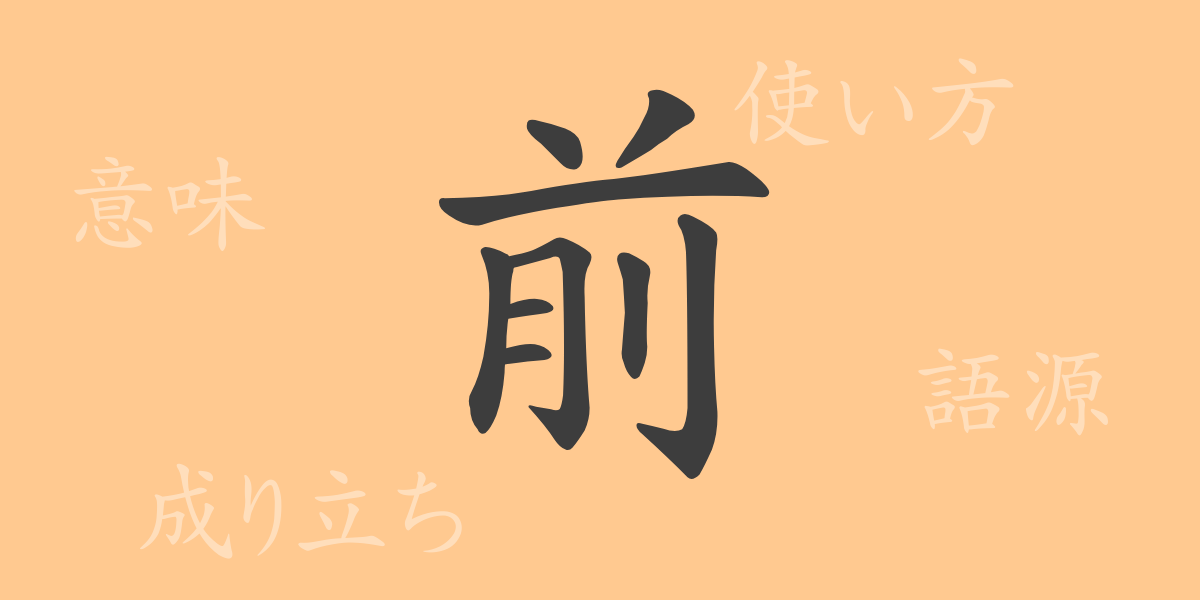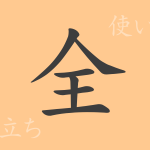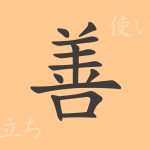In the tapestry of Japanese language, each kanji character weaves a rich narrative of meaning and history. The kanji “前” (まえ) is a staple in everyday conversation, literature, and the business world, enriching our expressions by embodying the concept of ‘before’ or ‘ahead.’ This article explores the profound world of “前,” from its origins to its contemporary applications, enhancing our understanding of this essential kanji within Japanese culture.
Origins of 前
The kanji “前” originated from ancient China. It evolved from a pictograph representing a foot, symbolizing walking. Over time, it came to denote ‘in front,’ ‘before,’ or ‘preceding,’ encapsulating ideas of order and spatial relations. The character’s design reflects the directional nature of time and physical progression, playing a crucial role in human perception and activity since ancient times.
Meaning and Usage of 前
The kanji “前” primarily means ‘before,’ ‘ahead,’ or ‘facing.’ It is used to discuss sequences in time or space, such as in “前進” (progress forward), “前例” (precedent), and “前夜” (eve of an event). It is also employed in phrases like “前向き” (forward-looking or positive), indicating not just physical direction but also a psychological stance or motivation.
Readings, Stroke Count, and Radical of 前
The kanji “前” has several readings, tailored to its use:
- Readings: On’yomi “ゼン,” Kun’yomi “まえ”
- Stroke Count: 9 strokes
- Radical: 月 (つきへん) or flesh
Phrases, Idioms, and Proverbs Using 前
Many idioms and phrases incorporate “前,” each enriching Japanese with unique meanings and nuances:
- 前提 (ぜんてい): Basic condition or assumption necessary for something.
- 前途洋々 (ぜんとようよう): Describes a future that is bright and full of promise.
- 前後不覚 (ぜんごふかく): Being so confused that one cannot distinguish between before and after.
- 手前味噌 (てまえみそ): Idiomatically describing the act of praising oneself excessively.
Conclusion on 前
The kanji “前” offers a glimpse into the complex functionality of seemingly simple characters within the Japanese language. It plays a significant role in expressions related to time, space, and even mental attitudes. This exploration of “前” enriches our appreciation for the depth of Japanese communication, encouraging us to incorporate its full expressive potential in our dialogue.

























